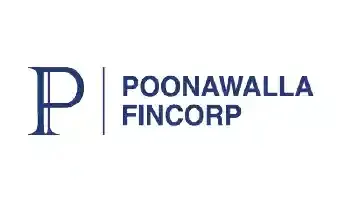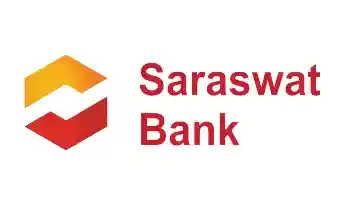Get instant loan offer suitable to your profile !


On this Page:
Discover everything about education loans with collateral for studying abroad. Learn eligibility, documents, benefits, and top bank options to fund your international education.
Pursuing higher education abroad can be a life-changing experience, but it often comes with a significant financial burden. To bridge the gap between your aspirations and your financial capabilities, education loans with collateral security can be a viable option. If you are wondering what is collateral education loan, it refers to a loan where you pledge an asset such as property, fixed deposits, or insurance policies as security to secure higher loan amounts and better interest rates.

Collateral security refers to the asset or property that a borrower pledges to a lender as a form of guarantee for an education loan. It provides the lender with a sense of security and reduces the risk associated with lending a large sum of money. In the event of loan default, the lender has the right to seize and sell the collateral to recover the outstanding balance.

Before defining what is the collateral for student loans, let us first briefly understand the types of education loans. There are broadly two types of education loans as follows:


| Feature | Collateral Loans | Non-Collateral Loans |
|---|---|---|
|
Interest Rates |
Interest rates are lower |
Slightly higher interest rates |
|
Loan Amount |
Higher loan amount is possible |
Limited loan amount depending on profile |
|
Approval Time |
Longer due to asset verification |
Faster approval process |
|
Eligibility |
Suitable for students who can pledge assets |
Suitable for students with strong academic/co-applicant profiles |
If you are also wondering is collateral required for education loan, or looking for an answer, which loan type is suitable for you, collateral or non-collateral, this comparison will help you make an informed decision based on your financial profile and study plans.




Below are some of the major reasons why you should go for education loans without collateral.




Click here to learn more about Secured vs Unsecured Education Loan for Abroad Studies

There are broadly three types of education loan collateral accepted by the lenders in a secured education loan. If you're wondering what are the collateral required for education loan, it usually includes immovable assets like residential or commercial property, movable assets such as fixed deposits, LIC policies, or government bonds. Below are details of securities offered in education loans -
Lenders accept immovable property such as an independent house, flat, plot, or any non-agricultural land with a clearly defined boundary. A bank-appointed evaluator will evaluate the property as student loan collateral.
These include assets like Fixed Deposits (FD), Life Insurance Policies (LIC), or government bonds. These assets are taken at the exact value as they are liquid assets and can be converted into cash immediately. Some of the things that borrowers should keep in mind -




If in the case, a borrower does not own collateral, they can pledge third party collateral for education loan belonging to a friend or a relative. The original documents of the collateral have to be submitted in this case as well.

There is no definitive answer for it as the collateral security coverage and the amount of collateral required differ from lender to lender and from scheme to scheme. The required Collateral education loan differs from student to student. Below is a brief comparison of a few leading lenders to help you estimate the requirement for collateral.




When applying for a secured overseas education loan, students should carefully understand the features of collateral loans.








The education loan eligibility varies from lender to lender. The eligibility requirements are stricter for nationalized banks as compared to NBFCs, as they offer loans at comparatively lower interest rates. Let us take a look at some common 11 required to apply for an education loan with collateral.






The documents required for education loans with collateral vary based on factors such as property type, purchase history, and location. Students often wonder which of the following is compulsory for all collateral loans in India. We have listed the documents that are required for collateral loans.





Additional documents if you’re applying for an education loan with a property in the following cities:
















Read here to learn more about -




Below are some of the top lenders that offer education loans with collateral.
Check Your Education Loan Eligibility

Ask from a community of 10K+ peers, alumni and experts
Trending Blogs
Similar Blogs

Network with a community of curious students, just like you
Join our community to make connections, find answers and future roommates.. Join our CommunityCountry-Wise Loans
Best Lenders for Education Loan

ICICI Bank

Axis Bank

Union Bank

Prodigy

Auxilo

Credila

IDFC

InCred

MPower

Avanse

SBI

BOB

Poonawalla

Saraswat